
Kudos has partnered with CardRatings and Red Ventures for our coverage of credit card products. Kudos, CardRatings, and Red Ventures may receive a commission from card issuers. Kudos may receive commission from card issuers. Some of the card offers that appear on Kudos are from advertisers and may impact how and where card products appear on the site. Kudos tries to include as many card companies and offers as we are aware of, including offers from issuers that don't pay us, but we may not cover all card companies or all available card offers. You don't have to use our links, but we're grateful when you do!
BNPL vs. Credit Card Rewards: Which Is Better for Gen Z?
July 1, 2025


Gen Z faces a rewards conundrum: should you use Buy Now, Pay Later (BNPL) services or traditional credit cards to get the most perks from your purchases? BNPL usage has surged among young consumers – nearly half of Gen Z reported using BNPL in 2024, even exceeding credit card usage in recent surveys.
Yet credit cards are known for lucrative rewards programs that BNPL typically lack. In this article, we’ll compare BNPL and credit cards head-to-head from a Gen Z perspective, focusing on rewards, costs, and what it means for your financial health.
BNPL vs. Credit Cards: An Overview for Gen Z
Buy Now, Pay Later (BNPL):
BNPL lets you split a purchase into a few interest-free installments (often four payments over six weeks). It’s offered at checkout by providers like Klarna, Afterpay, and Affirm, making it easy and instant to finance buys without a credit card. You usually pay the first installment upfront and the rest over time. No hard credit check is required in most cases, which appeals to young shoppers without credit history.
And if paid on time, there’s often no interest, meaning it’s essentially a short-term 0% loan. BNPL’s predictable fixed payments give a sense of control – you know exactly how much you’ll pay each period and when it ends. This predictability and convenience are big reasons Gen Z likes BNPL.
Credit Cards:
A credit card offers a revolving line of credit up to a limit. You can charge purchases anywhere the card is accepted (virtually everywhere), and you’ll get a monthly bill. Pay the full balance by the due date and you pay no interest (thanks to the grace period); otherwise, you can carry a balance with interest (often high APR ~20% or more). Importantly, credit cards require approval – issuers check your credit or income, making it harder to get one if you’re under 21 or have no credit.
However, credit cards come with significant perks: almost all offer rewards (cash back, points, or miles) on your spending, plus benefits like fraud protection, purchase protection, and the ability to build credit history. Used wisely, a credit card can actually pay you to spend via rewards, which debit and BNPL payments don’t do.
Gen Z’s Dilemma:
Many Gen Zers are drawn to BNPL’s simplicity and short-term affordability, sometimes avoiding credit cards due to fear of debt or confusion about credit. In fact, 63% of Gen Z have expressed a preference for alternatives like debit or BNPL over credit cards, according to some surveys. But that means missing out on credit card rewards and the chance to build credit. Let’s dive deeper into how rewards compare between BNPL and credit cards, and the pros/cons of each for a Gen Z consumer.

Rewards Showdown: Do BNPL or Credit Cards Earn More Perks?
One of the biggest differences between BNPL and credit cards is rewards potential. Here’s a quick comparison:
Rewards on Purchases
- Buy Now, Pay Later - Usually, none. BNPL plans don’t give points or cash back. Some merchants might offer discounts for using BNPL, but no widespread reward programs.
- Credit Cards - Yes, typically 1-5% back in cash or points on every purchase. Many cards also offer higher rewards in bonus categories (e.g. 3% on dining).
Sign-Up Bonus
- Buy Now, Pay Later - None, no concept of sign-up bonus for BNPL services.
- Credit Cards - Yes, many cards offer a large one-time bonus (e.g. $200 or 50,000 points) if you spend a certain amount in the first few months. This can be worth hundreds of dollars.
Special Offers/Deals
- Buy Now, Pay Later - Occasionally, BNPL apps have merchant-specific deals or 0% interest promotions on certain products. However, these are not permanent rewards on all spending.
- Credit Cards - Frequent promotions and offers such as extra cashback on certain retailers, referral bonuses, or card-linked offer programs. Plus, issuers often partner with brands for discounts or perks (like free subscriptions).
Ongoing Benefits
- Buy Now, Pay Later - Convenience-focused, the benefit is paying over time with no interest (if on-time). Little in terms of points, miles, or cashback.
- Credit Cards - Robust benefits, beyond rewards: travel insurance, purchase protection, extended warranties, lounge access (depending on card). These add significant value to credit card use.
Impact on Credit Score
- Buy Now, Pay Later - Usually none (positive), most BNPL providers do not report on-time payments to credit bureaus, so you don’t build credit by using BNPL. (Missed payments may be sent to collections and hurt your credit, though.)
- Credit Cards - Builds credit, all major credit cards report your payment history. Paying on time builds a positive credit history, boosting your credit score over time. This can help you qualify for loans or apartments in the future.
As shown above, credit cards clearly win on rewards and benefits. When you use a credit card responsibly, you’re earning back a percentage of every dollar you spend. For example, if a card gives 2% cash back, a $500 purchase earns you $10 in rewards. Many Gen Z consumers love cashback and points – a 2025 report found 65% of young consumers actively seek out card rewards. BNPL, by contrast, offers no equivalent reward for your spending; the “benefit” is just deferring payment.
For example: Imagine you buy a $100 item. If you use a BNPL plan, you might pay $25 now and $75 over the next 6 weeks – no rewards earned. If you use a 2% cashback credit card, you pay $100 (which you can float until your bill is due) and earn $2 back. It might seem small, but those rewards add up. Plus, if your card has a sign-up bonus and this purchase helps you reach it, you could effectively get a much bigger reward (some bonuses are worth $200 or more).
Credit card rewards programs are a major advantage, especially for Gen Z deal-hunters. And new tools make it even easier to maximize those perks. For instance, Kudos is a free browser extension and app that helps you choose the best card for each purchase to get the most rewards. It automatically suggests which of your cards will earn the highest cashback or points for what you’re buying.
Maximizing rewards manually can feel like a part-time job, but Kudos handles the math for you in seconds. Plus, who doesn’t like getting an extra $20 bonus (use code GET20) just for trying it out? It’s literally paying you to be a smarter spender. With tech tools like this, Gen Z can ensure they never miss out on rewards – something BNPL simply doesn’t offer.
Cost and Risk: Fees, Interest, and Overspending
Rewards are only one side of the coin. Costs and risks differ between BNPL and credit cards, and they’re crucial for young consumers to understand:
Interest & Fees:
Standard BNPL “Pay in 4” plans are interest-free if you pay on time, which is great. However, if you miss a payment, you can get hit with late fees (sometimes $7-$10 or more, potentially charged for each missed installment). Some longer-term BNPL loans do charge interest or fees up front. Credit cards, on the other hand, charge interest on any balance you carry past the due date – usually a high APR.
But you can completely avoid interest by paying your full statement balance each month (essentially enjoying an interest-free grace period on purchases, usually ~30 days). If you slip up, credit card interest can add up quickly – e.g. a $1000 balance at 20% APR costs ~$17 in interest in just one month. Bottom line: BNPL can be cost-free for short-term plans, whereas credit cards demand discipline (pay in full) to be cost-free.
Overspending & Budgeting:
BNPL’s structure can tempt users to overspend. Breaking a big price into “4 easy payments of $25” makes it psychologically easier to justify purchases you might skip if you had to pay $100 upfront. In fact, about 34% of Gen Z and 35% of Millennials admit they spent more than they should have when using BNPL services. It’s easy to accumulate multiple BNPL plans at different stores, which can lead to a hefty stack of payments due every payday.
With credit cards, overspending is also a risk (you have a larger credit line, after all), but at least all your spending is consolidated into one bill, and you have a clear picture of what you owe each month. Credit cards also come with a natural brake: you can’t spend beyond your credit limit, and issuers consider your income and debts when setting that limit. BNPL providers often don’t have a full view of your other BNPL loans, so they may approve you without knowing you already owe elsewhere. Heavy BNPL users have shown higher rates of financial stress (more overdraft and late fees) compared to light users, according to research.
Consumer Protections:
Credit cards by law offer strong protections. Thanks to regulations like the Truth in Lending Act and Fair Credit Billing, you have rights to dispute charges, get refunded for fraud, and you won’t be on the hook for unauthorized purchases. If a product never arrives or is defective, it’s easier to dispute the charge on a credit card and avoid paying for it. With BNPL, the dispute process can be more painful – you might still be obligated to continue making payments while resolving an issue, and complaints about BNPL often involve difficulty getting refunds.
Some BNPL contracts even allow multiple late fees on the same missed payment, which credit card issuers are forbidden to do. In short, credit cards are safer for the consumer if something goes wrong with a purchase. BNPL lacks many of these protections, as noted by the CFPB (Consumer Finance Protection Bureau).
Credit Impact:
Using a credit card responsibly (paying on time, keeping balances low) will build your credit score over time. That credit history can save you money later on big life goals – like lower interest rates on car loans or mortgages, or better approval odds on an apartment lease. BNPL, in contrast, usually doesn’t help your credit. Most BNPL companies do not report positive payment history.
They might only report if you default and the account goes to collections, which hurts your credit. So BNPL is a bit of a dead-end for your credit profile: it neither builds it nor necessarily wrecks it (unless you fail to pay). For Gen Z, who are just starting to establish credit, relying heavily on BNPL could mean missing the chance to build a solid credit score in your early 20s.
When to Use BNPL vs. Credit Cards
Which option is better for Gen Z? It ultimately depends on your situation and self-discipline. Here are some guidelines:
Use BNPL for:
Necessary purchases that you genuinely can’t pay in full immediately, and if you don’t have a credit card or 0% APR offer available. For example, if your laptop dies and you need one now for school, a BNPL plan can spread the cost over a few paychecks with no interest. BNPL can also be an option if you’re avoiding credit cards entirely (though you should ask yourself why – if it’s fear of overspending, BNPL can also cause trouble). If you do use BNPL, limit it to one purchase at a time or a small number of plans you can manage. Mark your calendar for payment due dates or turn on reminders. And absolutely avoid missing payments – the fees and potential credit harm aren’t worth it.
Use Credit Cards for:
Everyday spending and anything you can reliably pay off monthly. This is where you’ll earn rewards on things you’re buying anyway – whether it’s gas, groceries, streaming subscriptions, or concert tickets. If you have a big purchase and a new card with a 0% intro APR or a BNPL-like installment feature (many card issuers now offer “plan” options), that can be a solid alternative to BNPL, with the added benefit that you’ll get rewards and build credit at the same time. Credit cards are also the better choice for purchases where you want extra protection (electronics, travel bookings, etc.) due to the dispute rights and insurance benefits.

For many Gen Zers, a hybrid approach might work: use a credit card as your primary tool, and BNPL sparingly for specific cases. For example, you might put all your regular expenses on a cashback card (and collect the rewards), but if a once-in-a-blue-moon opportunity to buy a pricey item arises and you want to split it into a few payments, a BNPL plan could be handy if you’re confident you can pay it off.
Just remember that using BNPL is essentially taking on debt, even if it doesn’t feel like it – you’ll need to budget for those upcoming installments. Always ask, “Would I buy this if I had to pay the full amount today?” If the answer is no, think twice before using BNPL to stretch your impulse buy over six weeks.
If you’re new to credit cards and nervous about overspending, start with a low credit limit or a secured credit card. This can serve as “training wheels.” You can even simulate BNPL by immediately setting aside cash for each purchase you put on the card, effectively treating your card like a debit or installment plan. That way, when the bill comes, you have the money ready. Over time, you’ll get used to the cycle of swipe now, pay later (in full), earn rewards, repeat.
And apps like Kudos can be your financial buddy in this journey – it keeps track of multiple cards, shows you which card to use for max rewards, and even monitors your credit score. Since Kudos is free and secure, it’s a no-brainer for Gen Z who love leveraging tech to simplify life. Plus, signing up with code GET20 literally gives you $20 in your pocket to start, which is an instant win towards your rewards goals.
FAQs: BNPL vs. Credit Cards
Do BNPL services offer rewards or cash back like credit cards do?
No – BNPL plans generally do not offer any rewards. When you pay with BNPL, you’re not earning points, miles, or cashback on those purchases. It’s a straight payment plan with no perks besides timing flexibility. In contrast, credit cards reward you for spending; even a basic 1.5% cash back card gives you $1.50 back per $100 spent, and many cards offer higher rates in categories or via sign-up bonuses. If earning rewards is a priority, credit cards are the superior choice.
Which is safer for purchases, BNPL or credit cards?
Credit cards offer stronger consumer protections. By law, credit card users have the right to dispute charges for faulty products or fraud and can withhold payment during a dispute. Many cards also come with purchase protection (covering damage or theft of items) and extended warranties. BNPL purchases do not have the same guaranteed protections. If you have an issue with a BNPL purchase (item not delivered, need a refund, etc.), you might still be on the hook for the installment payments while resolving it, and BNPL providers aren’t bound by credit card regulations. Also, if someone fraudulently uses your BNPL account, it may be harder to resolve than a credit card fraud, where your liability is capped at $50 by law (often $0 in practice). So for safety and peace of mind, a credit card is better.
Does using BNPL affect my credit score?
Usually not in a positive way. Most BNPL companies do not report your on-time payments to the major credit bureaus, so you won’t build credit by using BNPL. However, if you miss payments and the debt is sent to collections, that can show up on your credit report and hurt your score. In contrast, a credit card will report all your payments: pay on time and your score benefits; miss a payment and your score drops. Think of it this way: BNPL is largely invisible to your credit profile unless things go wrong. So if your goal is to build credit history (important for future financial goals), BNPL won’t help, but a credit card will.
Why are so many Gen Z consumers using BNPL?
BNPL has caught on with Gen Z for a few reasons. First, it’s easy and instant – you see the option right at online checkout and can get approved in seconds with no paperwork. Second, it offers transparent, predictable payments – e.g. “4 payments of $25.49” on a $102 purchase, as shown in the example below. Many young shoppers like knowing exactly how long they’ll be paying and that there’s an end date, as opposed to a credit card where you could revolve a balance indefinitely. Third, there’s no interest (for short-term plans) and typically no credit check hurdle, so it feels low-friction – you’re not worried about APR or approval odds. Lastly, some Gen Z simply distrust credit cards or find them confusing (fear of debt, “credit card ick,” etc.), and BNPL is seen as a simpler alternative. However, this popularity comes with downsides: surveys show a significant portion of Gen Z regret purchases or overspend with BNPL, indicating that while BNPL is popular, it’s not always being used optimally.
Can I use BNPL and a credit card together to double dip?
In general, no – you have to choose one method per purchase. When you opt for BNPL at a merchant’s checkout, you’re typically paying via the BNPL provider (which might charge your debit card or bank account for the installments). You usually cannot earn credit card rewards on that same purchase, because the transaction is routed through BNPL. There is a workaround some attempt: using a credit card to fund the BNPL payments. A few BNPL services allow you to link a credit card to make your installment payments (instead of pulling from your bank). If you did that, you could technically earn rewards on each installment.
However, this is risky and not recommended – you’re effectively piling debt on debt (owing the credit card for the installment, which itself was for a purchase you couldn’t pay upfront). It can get messy, and you might also violate card terms. A better strategy to “double dip” safely is to use a credit card with a 0% APR installment plan. Many major issuers now offer installment payment features on credit cards. That way, you get a BNPL-like experience (split payments over a few months) and you keep your rewards and protections. In short, pick the payment method that makes the most sense – if you want rewards and can pay off, use a credit card; if you truly need a short-term payoff plan and have no better options, use BNPL, but you can’t really have it both ways on the same transaction.

Supercharge Your Credit Cards
Experience smarter spending with Kudos and unlock more from your credit cards. Earn $20.00 when you sign up for Kudos with "GET20" and make an eligible Kudos Boost purchase.
Editorial Disclosure: Opinions expressed here are those of Kudos alone, not those of any bank, credit card issuer, hotel, airline, or other entity. This content has not been reviewed, approved or otherwise endorsed by any of the entities included within the post.
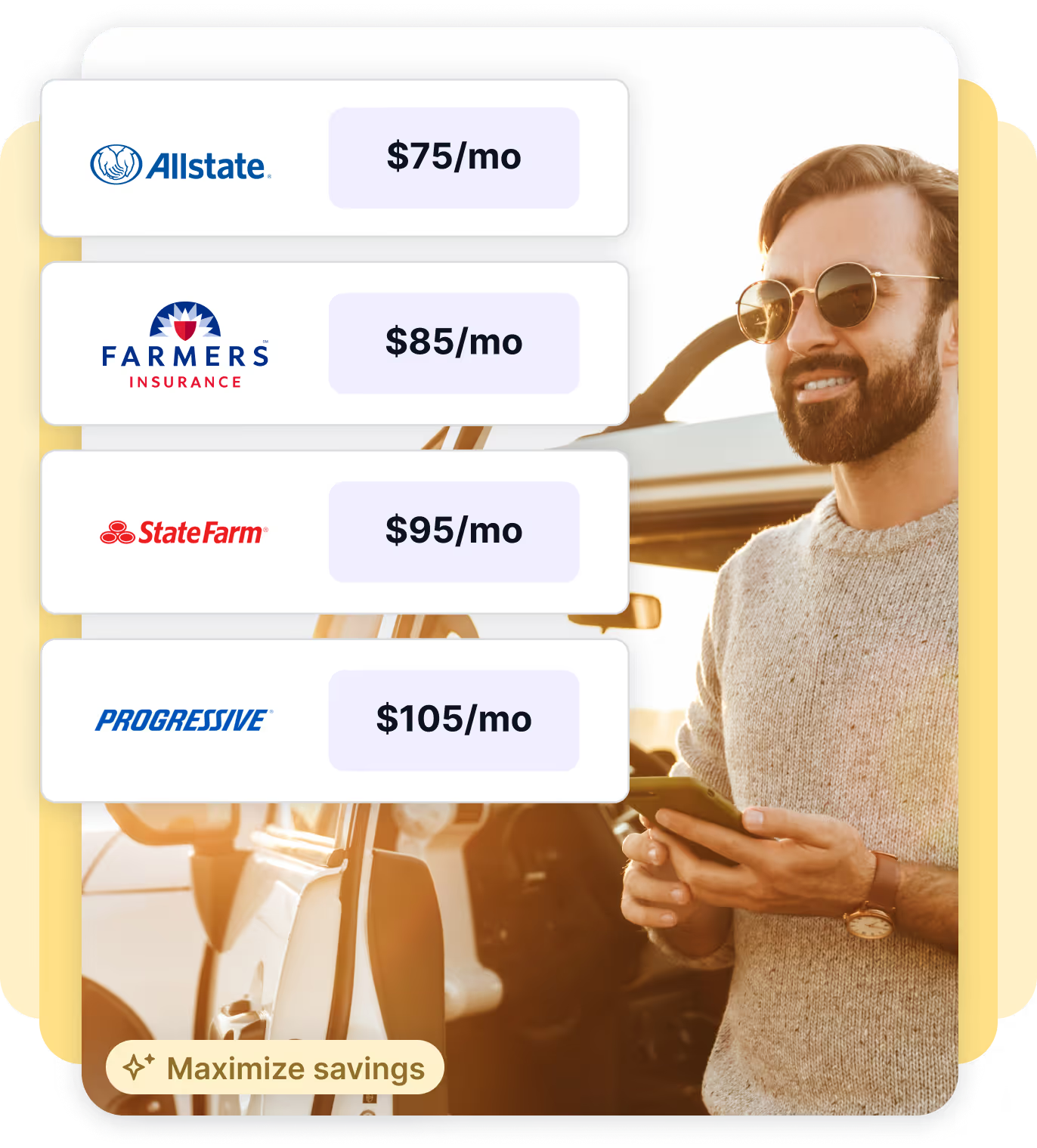
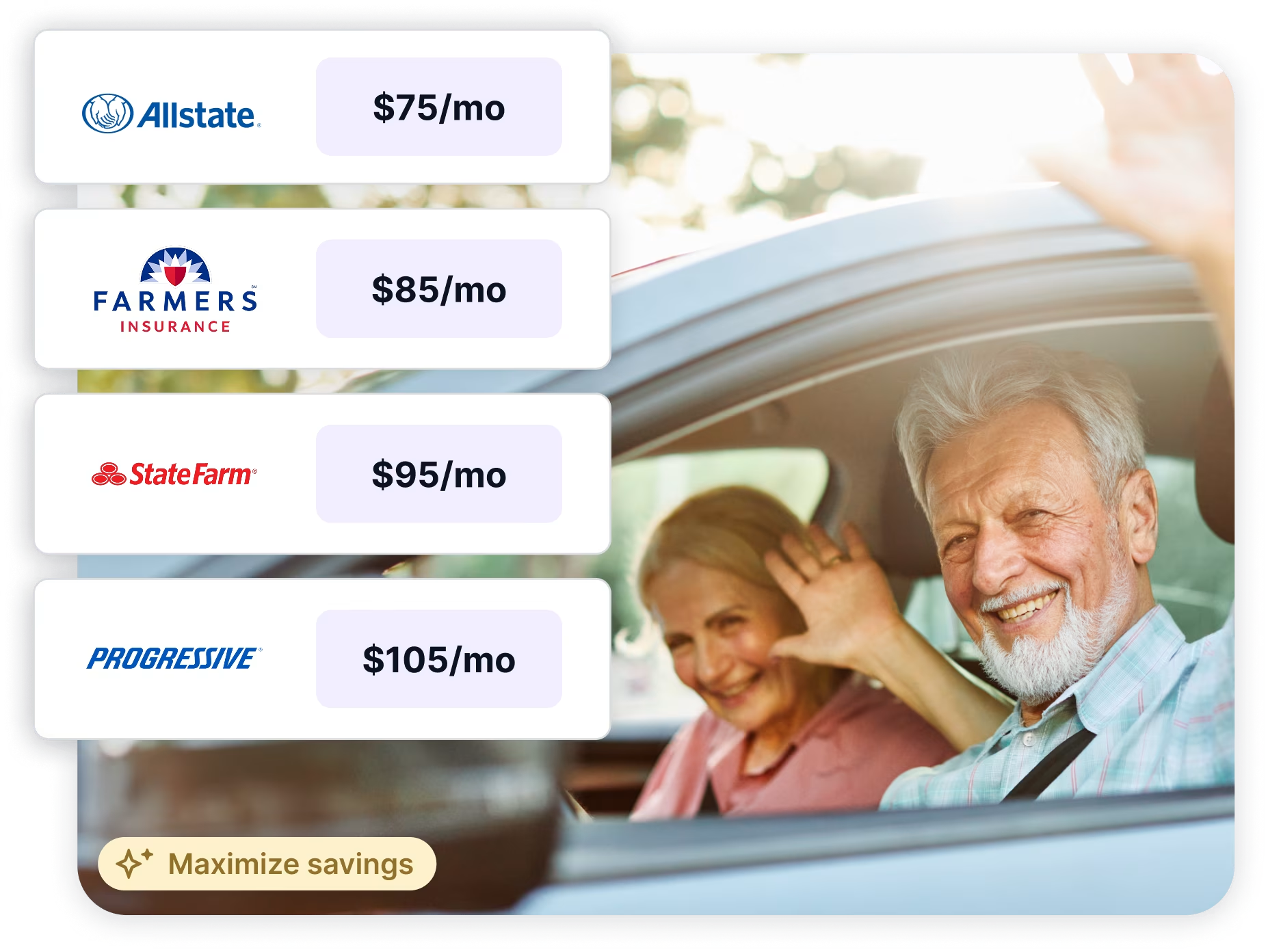


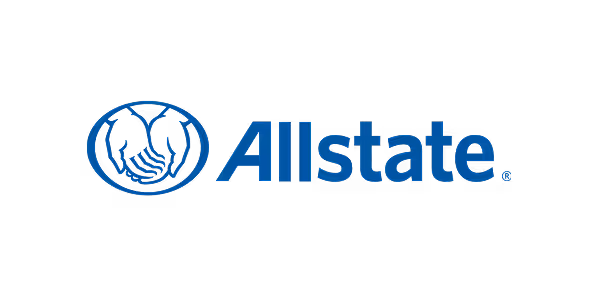
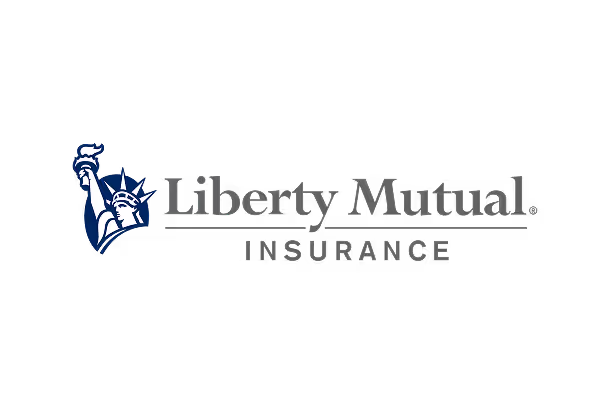


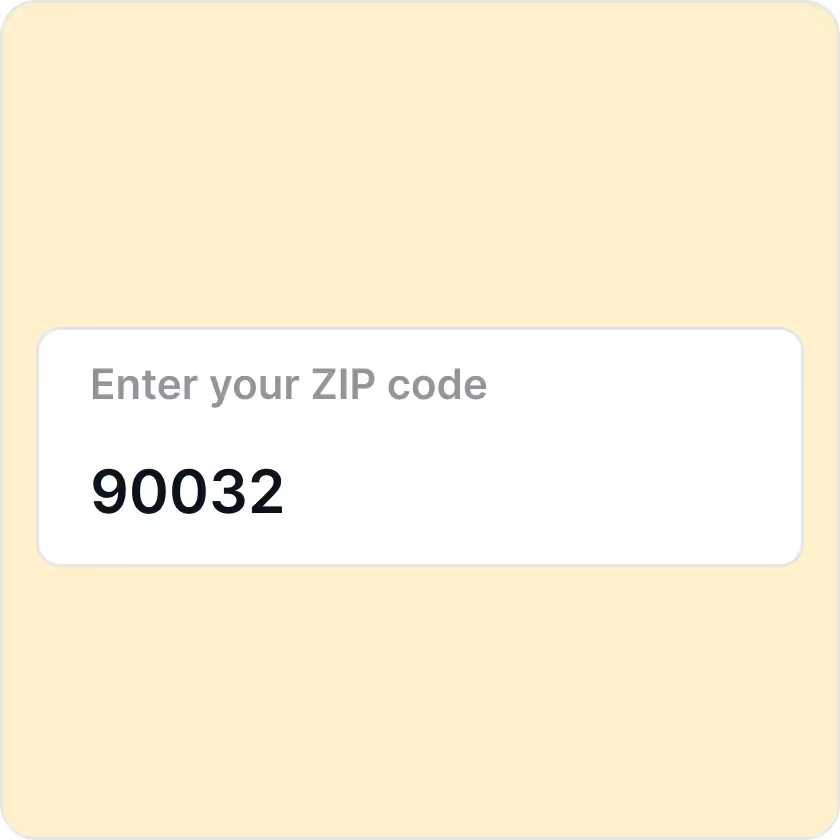

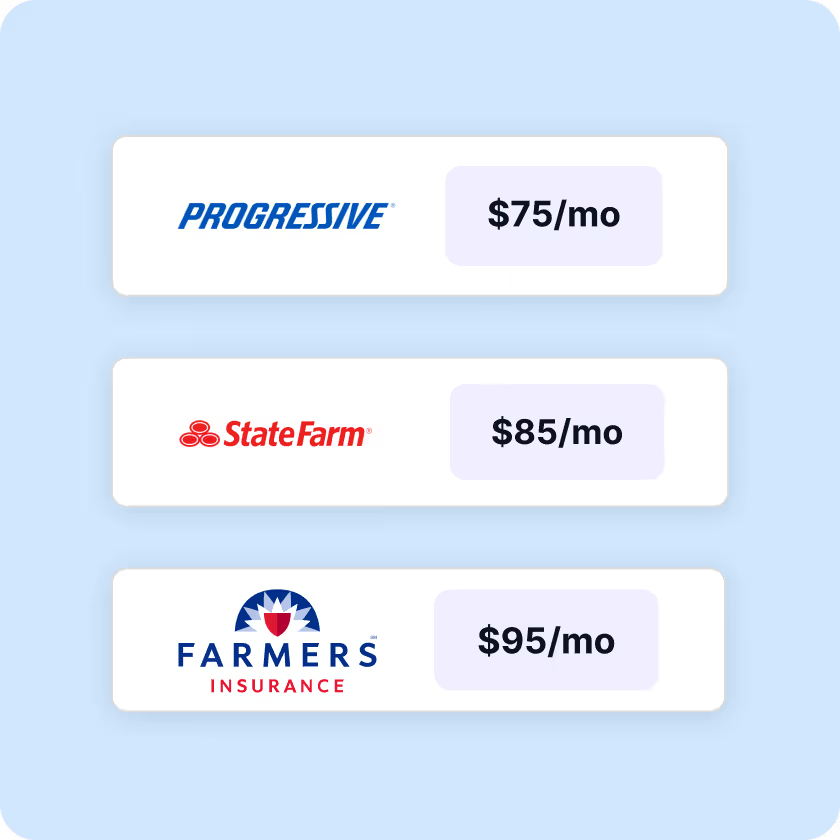
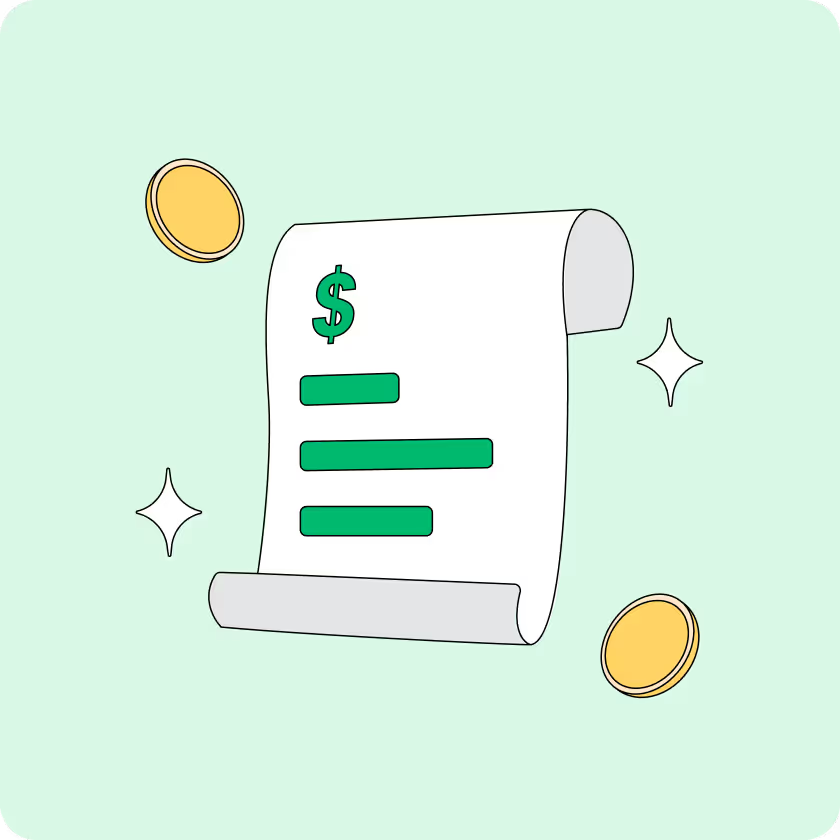

















.webp)
.webp)
.webp)
%20(1).webp)
.webp)
.webp)


.webp)